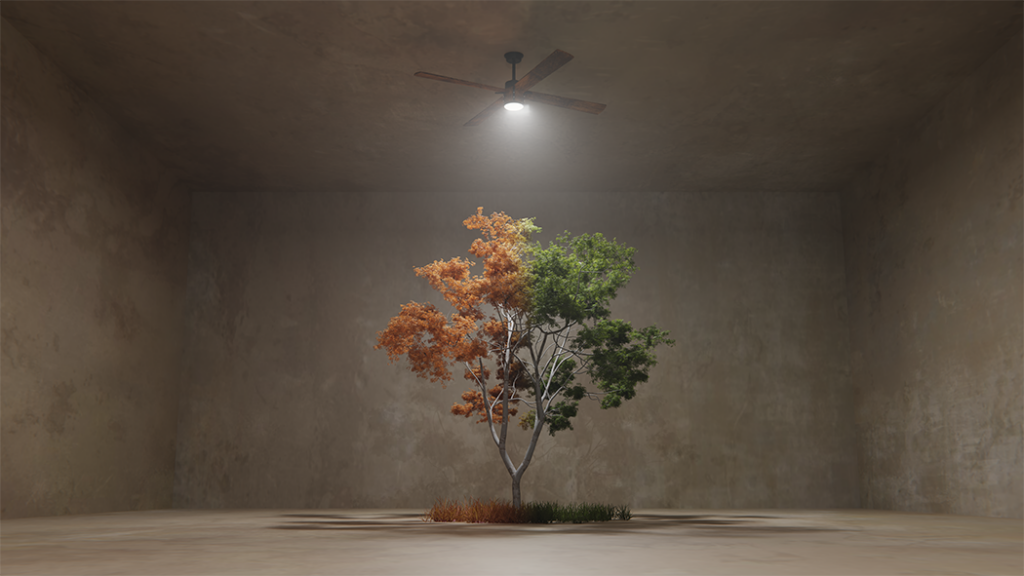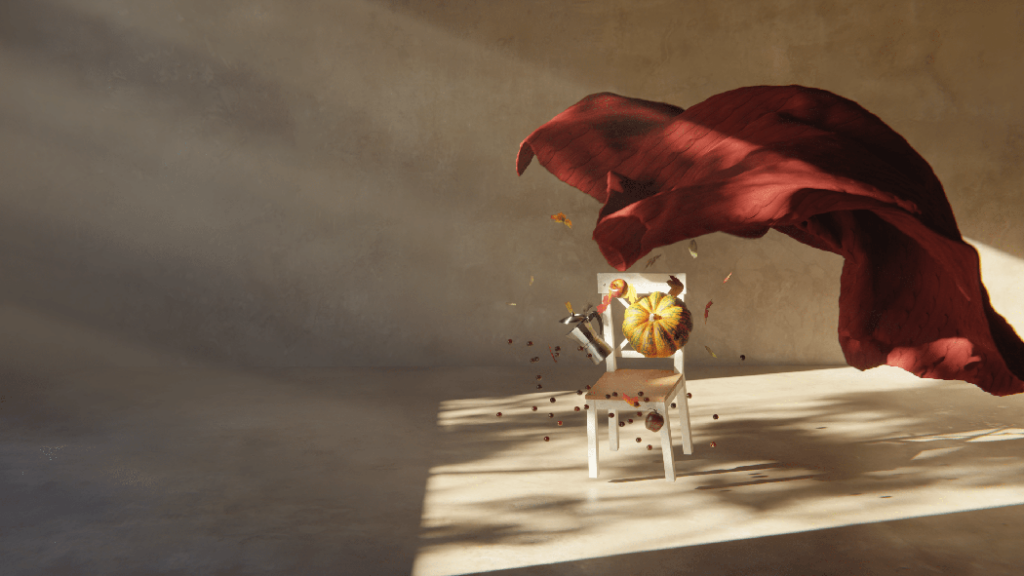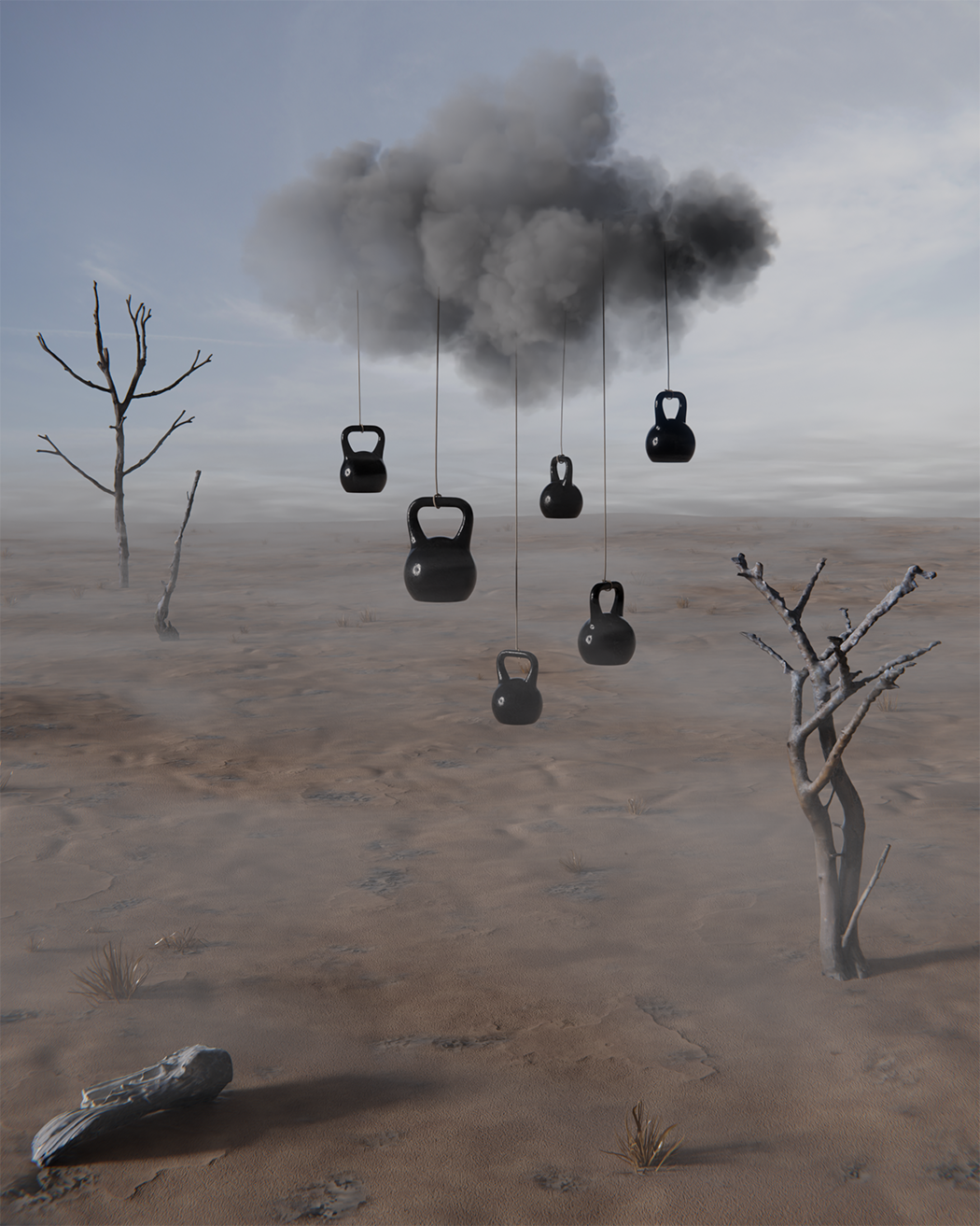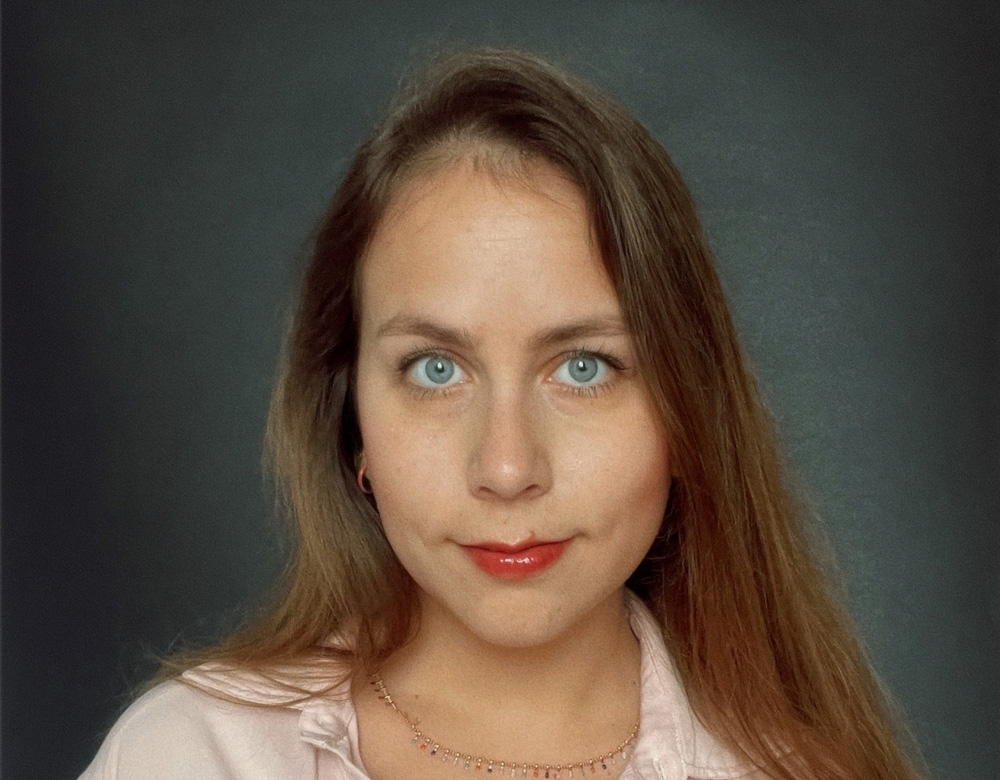Polina Bulgakova
Year of birth: 1994.
Where do you live: Israel.
Your education: I have a bachelor in PR and Advertising in politics.
Describe your art in three words: Surreal, contrast, brave.
www.polinabulgakova.art | Instagram
How did attending an unconventional art school shape your approach to art?
In the beginning it actually felt weird, I didn’t feel that I have enough academic skills, felt like I’m painting with “mistakes” in lighting, composition etc. I did have talent, but thought that it’s not enough, and that they don’t actually “teach”; us in the classic definition of the word. My teacher, Viktoria, could come to my desk and say: “Give it more expression! More life!”, and I had no idea what it means and how do I do it. Only in more mature age I realized that she taught me to work from my feelings and emotions, work intuitively, and this is the key aspect of my works now. Sometimes I make an artwork without any realization of what I’m doing, and after some time I look at it and I realize what I was feeling and where does it come from. This unconventional approach to art helped me to build my artistic style. Polina Bulgakova | Seasons
Polina Bulgakova | Seasons
What drew you to digital 3D art, and how does it compare to traditional media?
When I was living in Russia, I worked mostly with oil paints. I loved it so much, even though it’s smelly, dirty and dries slow. Once I moved to Israel, I didn’t have enough space in my apartment. No chance I could do oils there. I then moved to watercolors, but it didn’t have the bold texture I used to with oils, and it’s so gentle – you can’t change much after the layer dries. Then I tried to paint in Photoshop. It was nice to have CTL+Z button, control of the layers, but I started to feel it’s not enough freedom for me, I felt like I want to actually dive into my works. When Covid started, my office let us all work remotely, I suddenly had 2 additional hours in my day and more energy (traffic in Tel Aviv is insane). I watched few tutorials on YouTube just for fun, but finally I felt like this is IT. I could build my own worlds, define my own physics, literally anything felt possible (and it was). I still paint by hands sometimes, it helps to relax and re-connect to myself, especially when I have many projects. Nothing can replace the kinetic aspect of art, and I think it is necessary for any artist to do it from time to time. Polina Bulgakova | Metamorphic Rhapsody
Polina Bulgakova | Metamorphic Rhapsody
How do you blend elements from Russian and Israeli cultures in your art?
I reflect on my memories and feelings a lot. It’s not easy to live in immigration, especially when the countries are so opposite. Russian folklore, history and evolution of arts is extremely colorful, and I love to interpret it. From the other side, I have a unique point of view on Israeli culture, as a person with such opposite background. I pass the reality I live in through this inner filter, and express it through my art. Thanks to Viktoria, I know how to mix unmixable and work from my feelings and emotions, and I hope my art helps people stay open-minded.How do you approach the idea of disregarding the laws of physics in your creations?
Sometimes I just look at an object/scene/situation and ask myself, what would make me say “I didn’t expect this?”. Sometimes I start with a traditional ordinary scene, and say “Now, what would not fit here at all in any ways?”. This happens much more often, to be honest, many times I have a certain idea in my mind, like “I really want to make some mountains/interior/still life”, and from that I reimagine reality. Polina Bulgakova | Dreamer
Polina Bulgakova | Dreamer


Leave a Reply
You must be logged in to post a comment.